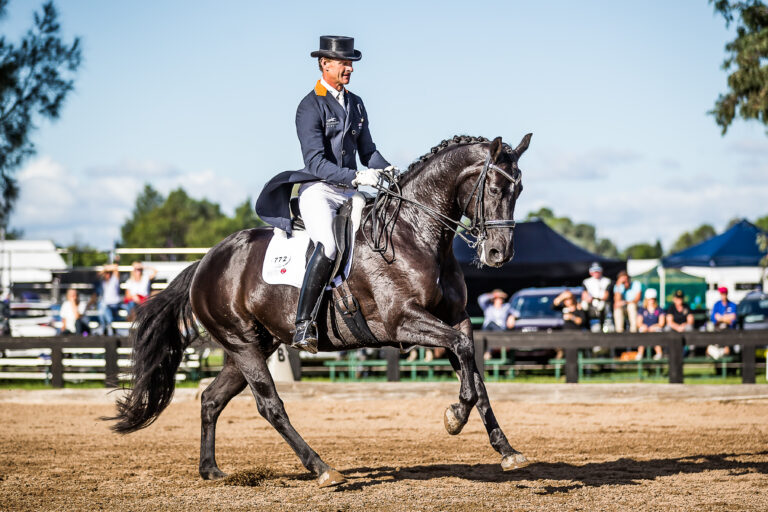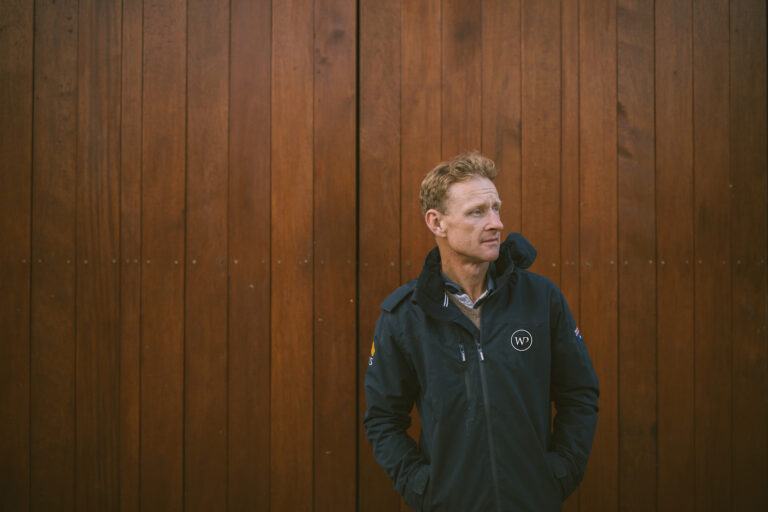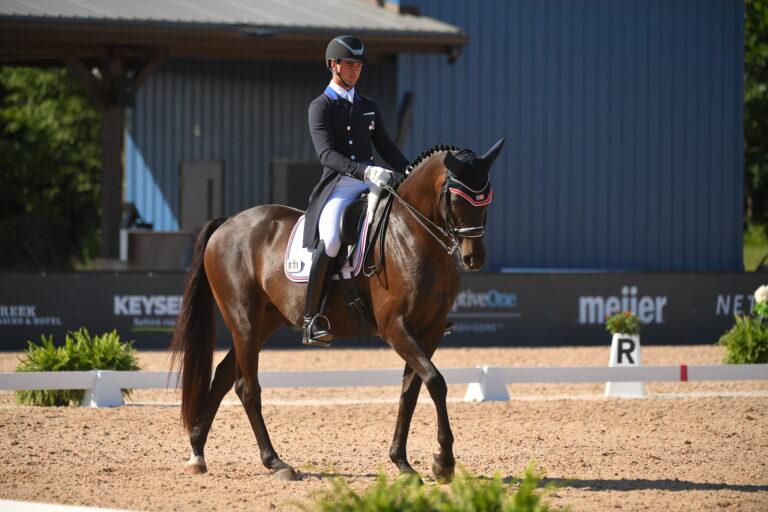Handling horses from a young age is very important
© Samantha Caylor
By Emma Flewin
A horse with no ground manners may be a danger to you and others around you. If your horse has good ground manners they are safe to handle, behave for the farriers and vets, stands quietly and patiently when being saddled and in the show ring and most importantly, respects your personal space. Ground manners can also teach your horse many of the fundamentals of riding such as moving off your leg, turning on the haunches and turning on the forehand to name a few.
Teaching horse manners at an early age
Teaching your horse manners from an early age can give them a good start to life. It can teach them how to respond to stimuli later in life when they are under saddle. This benefits you greatly when it is time for the horse to be ridden, as they know how to behave and aren’t automatically forced to use their flight instincts. Remember to start slowly and to not overload your horse with new tricks straight away, focus on one manner/trick at a time and practice, practice, practice. You might like to try starting with shorter sessions to begin with to avoid both you and your horse becoming bored and frustrated.
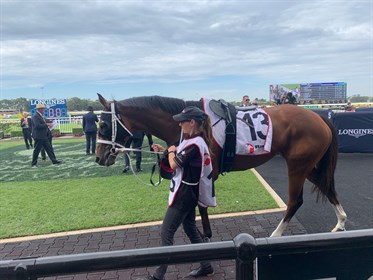
A horse with no ground manners may be a danger to you and other around you
It’s never too late
Your horse is highly intelligent and it’s never too late to teach them manners. Horses have a great memory and a great ability to associate things with one another, such as when they are being saddled, they are required to stand still. Older horses will still respond well to learning new tricks and manners so it is never too late.
Ask for help if needed
When things don’t go to plan, it can be very frustrating and difficult to achieve the desired results. If you are struggling in any way, are unsure of something or just need an extra pair of hands, don’t be afraid to seek help or ask questions. Most people out there are more than happy to share their expertise or lend a hand where ever they can.
Breakdown the different type of manners:
1. Horse manners at Feed time
Feeding time can be very difficult when you have a horse that gets cranky around feed time. This is where your personal space is very important! If they are walking towards you displaying aggressive behaviour such as ears pinned, snaking their neck around to bite you when you are near, they see you as competition for their food. You may like to try moving your horse away from the paddock or stall gate, and making them wait to enter your space until they are invited in. You are the boss!
2. Manners with other horses
Manners around other horses are a very difficult thing to teach because as we know, horses have a mind of their own and you can never predict how they might react to one another. We can teach them not to run straight back to the group when we finish a workout or event. This is safer for your horse and everyone else around you. Your horse should continue on the path that you want him to, and stop when you ask so that you can calmly and safely walk back and re-join the group.
3. Horse manners when on the lead
Teaching your horse to lead properly is the basis for almost every other aspect of good ground manners. When you lead your horse they should walk beside you quietly whilst paying attention to you. When you ask your horse to back up or step to the side they should move away from your pressure and not resist it. Your horse should always match your pace, if you stop, they stop, if you speed up, they speed up without pulling you along.
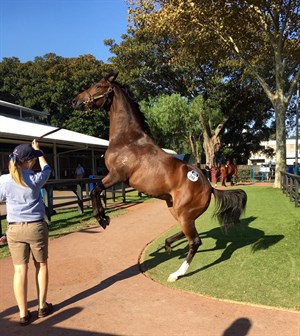
Teaching your horse manners from an early age can give them a good start to life
4. Horse manners with vets and farriers
When the farrier comes your horse should stand quietly and pick each leg up when asked without a problem. It is your job to teach this to your horse and not the farrier each time they come. When the vet visits, your horse needs to stand quiet and be ok with being touched everywhere on their body as it will make for a safer and faster diagnosis of the problem. This is purely for everyone’s’ safety.

it’s never too late for good manners!
5. Horse manners whilst riding
When mounting your horse, they should stand still and not move until asked. The same goes when you are in a line up at a show, or just wanting them to stand still out in the paddock or in the arena. This applies to everything you ask of your horse, they should willingly listen to you without resisting.
Horses are very large and potentially dangerous animals, so making sure they know who the boss is very important. Instead of focusing on riding every time you see your horse, try to spend some time with them teaching ground manners, you will both benefit from it! Remember that persistence and repetition are keys when teaching your horse manners. Good Luck!

Sign up to the Ranvet Rider Club for more informative articles, advise from the Ranvet sponsored rider team, exclusive product offers and monthly prize draws! You can sign up here.
READ THE LATEST NEWS ARTICLES HERE






